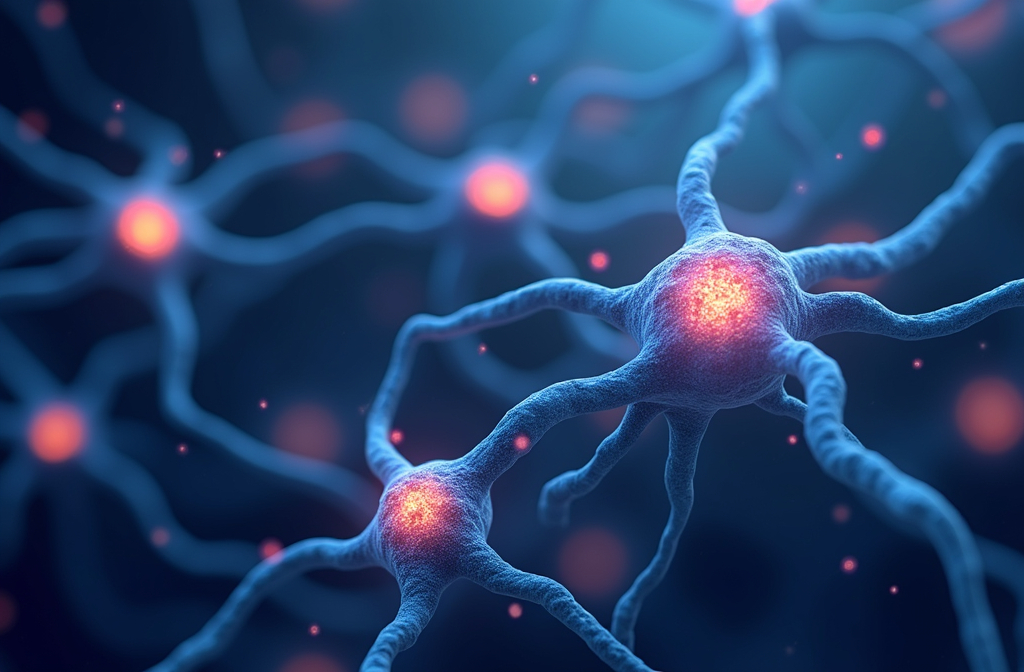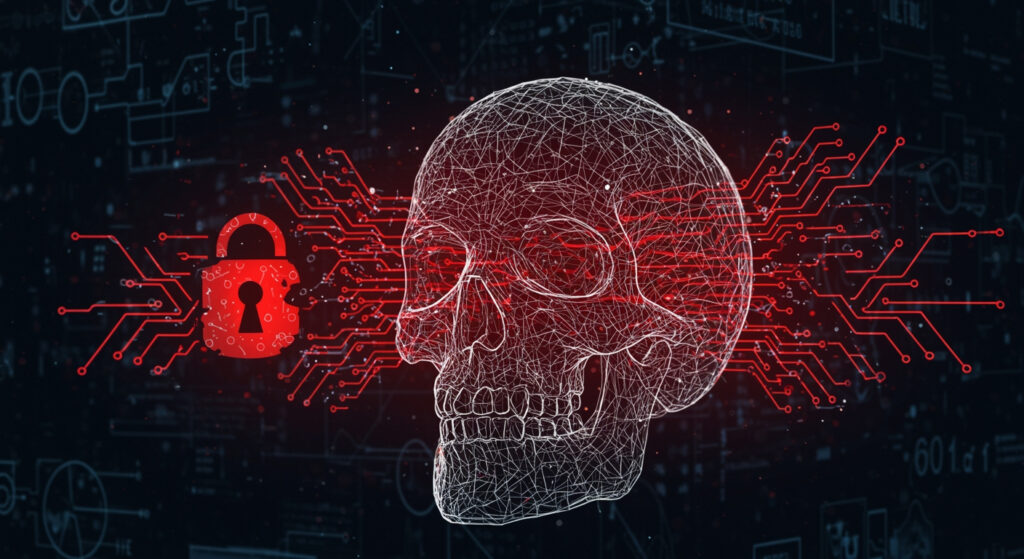Auburn University researchers have made a groundbreaking discovery about how brain cells, or neurons, maintain their connections—a finding that could transform our understanding of Alzheimer’s disease and open new avenues for early diagnosis and treatment. In this post, we’ll break down what the scientists found, why it matters, and how it could impact the future of Alzheimer’s research.
How Do Brain Cells Stay Connected?
For decades, neuroscientists have wondered how neurons keep in touch with each other, even when they’re not actively sending signals. Dr. Michael W. Gramlich and his team at Auburn University have now provided an answer rooted in physics.
Key Discovery:
Neurons use a natural force based on entropy—think of it as an “invisible glue”—to keep their connections strong, even at rest. This entropy-driven process helps maintain the brain’s intricate network, ensuring efficient communication between cells.
“We’ve found that neurons use a type of natural force based on entropy—like an invisible glue—to keep their connections strong. And when this process stops working correctly, it may be an early sign of Alzheimer’s disease.”
— Dr. Michael W. Gramlich, Auburn University
Why Is This Important for Alzheimer’s Disease?
Alzheimer’s disease is marked by progressive memory loss and cognitive decline, largely driven by the breakdown of neuronal connections. Auburn’s study reveals that when the entropy-based “glue” fails, these connections weaken, leading to the symptoms seen in Alzheimer’s.
What Changes in Alzheimer’s?
- Disrupted Connectivity: The natural entropy-based mechanism that keeps neurons connected becomes impaired.
- Early Warning: These disruptions may be among the earliest signs of Alzheimer’s, potentially before other symptoms appear.
- Potential Biomarkers: Changes in the physical properties of neuron connections could serve as early biomarkers for the disease.
Implications for Research and Treatment
This discovery doesn’t just deepen our understanding of how the healthy brain works—it also highlights new targets for early diagnosis and intervention in Alzheimer’s disease.
- Early Detection: Monitoring the integrity of neuron connections could allow for earlier diagnosis, when treatments are most effective.
- Therapeutic Targets: Interventions that restore or preserve this entropy-driven connectivity may slow or prevent cognitive decline.
- Broader Impact: The principle may also apply to other neurodegenerative diseases, making this a foundational insight for neuroscience.
The Science in Simple Terms
Imagine your brain as a city where traffic lights control the flow of cars at every intersection. In a healthy brain, these “traffic lights” (neuronal connections) keep everything running smoothly. In Alzheimer’s, some of these lights start to fail, causing confusion and gridlock—mirroring the cognitive symptoms of the disease.
Conclusion
Auburn University’s discovery that neurons use entropy-based forces to stay connected is a major leap forward in brain science. By understanding and potentially fixing this fundamental process, we may one day prevent or slow the progression of Alzheimer’s disease—offering hope to millions.
Check out the cool NewsWade YouTube video about this article!
Article derived from:
News-Medical. (2025, March 27). Auburn researchers discover fundamental principle of how brain cells stay connected. News-Medical.net. https://www.news-medical.net/news/20250327/Auburn-researchers-discover-fundamental-principle-of-how-brain-cells-stay-connected.aspx
Bioengineer.org. (2025, March 27). Auburn University researchers unveil critical insights into brain function and Alzheimer’s disease. https://bioengineer.org/auburn-university-researchers-unveil-critical-insights-into-brain-function-and-alzheimers-disease/
Gramlich, M. W., Reed, M., Wilson, P., & colleagues. (2025). . Cell Reports, Article 115410. https://dx.doi.org/10.1016/j.celrep.2025.115410
















